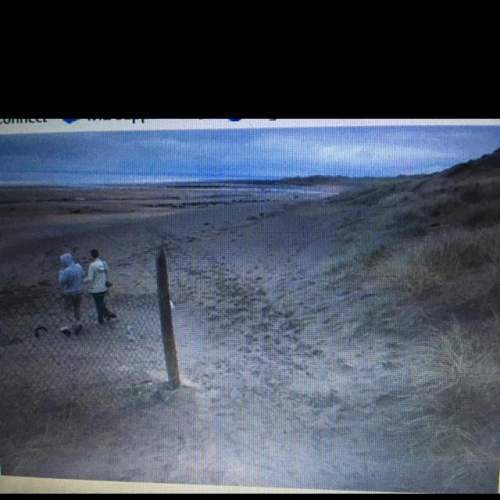
Biology, 12.08.2020 22:01 carlshiabrown
Physiology and anatomy problem-solving skills can be vital when you're the one taking a patient's history or doing the initial assessment. If you remember the functions of different organs and their anatomical relationships, you can come up with hypotheses and ask the relevant questions to test them. You will also know what to be alert for when caring for the patient later. A fair, fat, forty-three-year-old woman had been having episodes of griping abdominal pain after fatty meals. One day she ate French onion soup with lots of cheese and suffered severe enough pain that she called in sick. Her supervisor pointed out that she always gets sick after fatty foods. She went to the clinic and the nurse in triage took her vitals and history. The nurse noticed that the whites of her eyes were yellow and that she had tenderness on the right side of her abdomen. Blood pressure and heart rate were normal.
Based on this initial assessment, what organs do you think might be involved in this woman's illness, and why?
Choose the two most likely organs involved in her illness
a. Liver, because of the yellow coloration in her eyes, which indicates that the liver is not processing bilirubin.
b. Spleen, because of the pain on the right side of her abdomen.
c. Gall bladder, because it stores bile and might be related to the bilirubin buildup in her blood.
d. Stomach, because the pain occurs after eating
e. Heart, because her heart rate has not increased in response to pain.
f. Kidneys, because they should be cleaning the wastes out of her blood-her yellow eyes indicate that waste is building up in her blood.
g. Pancreas, because of the elevated blood glucose.

Answers: 2
Another question on Biology

Biology, 21.06.2019 14:20
When is a hurricane considered to have made landfall? a. when at least one inch of rain occurs b. when the eye reaches the land mass c. when the outer wind bands make landfall d. when it moves inland from the coast
Answers: 1

Biology, 22.06.2019 15:00
The scales shown in the introduction measure mass, or the amount of matter in a particular object. the scientific law of conservation of mass states that matter cannot be created or destroyed during a chemical reaction, but it can change from one form to another. did the simulation support this scientific law? explain why or why not.
Answers: 1

Biology, 22.06.2019 15:00
In the sentence "a mining company will consider the distribution of coal when deciding how to mine the coal," what does the word distribution mean?
Answers: 2

Biology, 22.06.2019 20:30
Glands that the body deal with stress and respond to emergencies.
Answers: 1
You know the right answer?
Physiology and anatomy problem-solving skills can be vital when you're the one taking a patient's hi...
Questions


Mathematics, 25.07.2019 03:40

Spanish, 25.07.2019 03:40




Mathematics, 25.07.2019 03:40

Social Studies, 25.07.2019 03:40


Social Studies, 25.07.2019 03:40




Business, 25.07.2019 03:40




Chemistry, 25.07.2019 03:40

Mathematics, 25.07.2019 03:40

History, 25.07.2019 03:40




